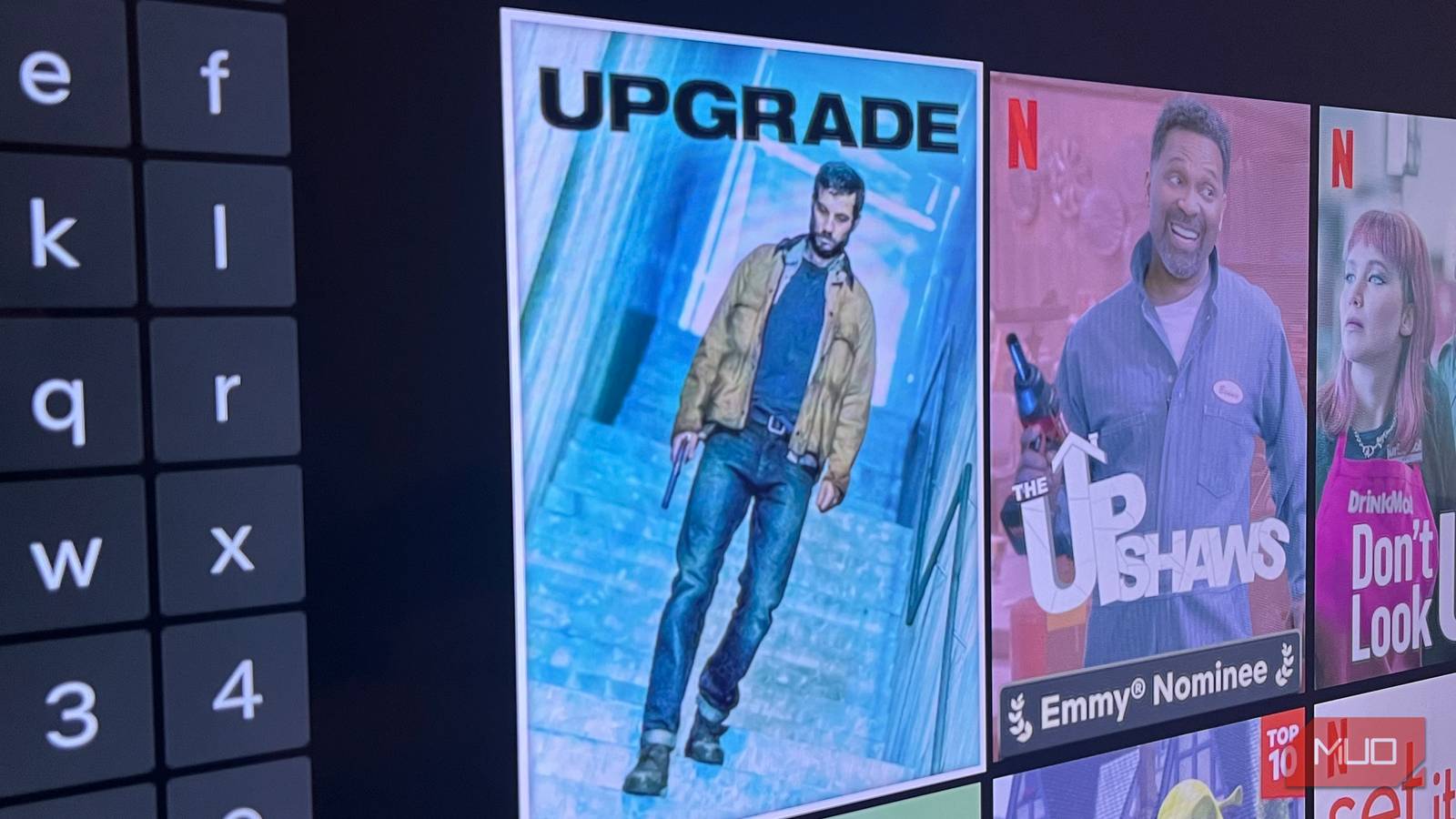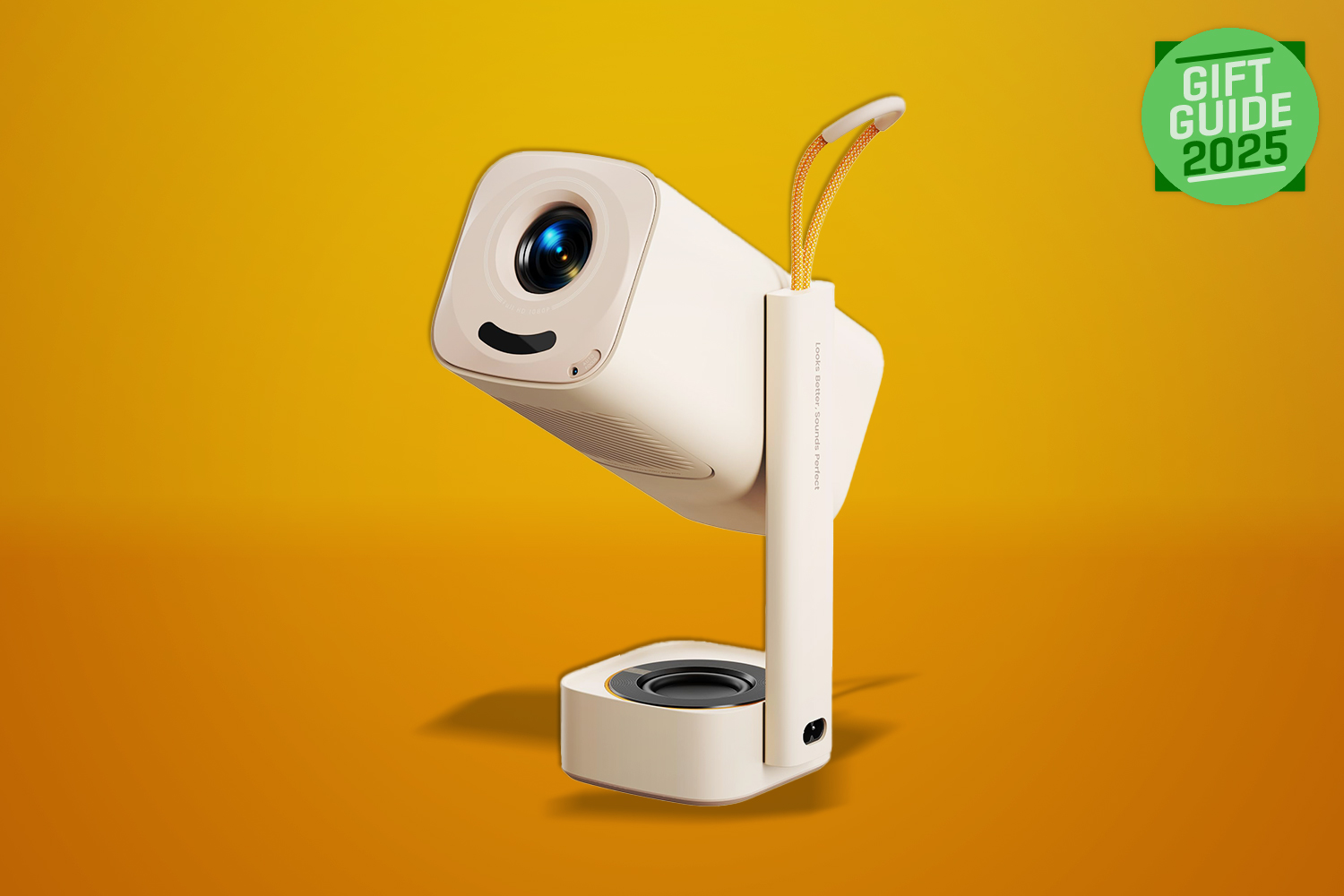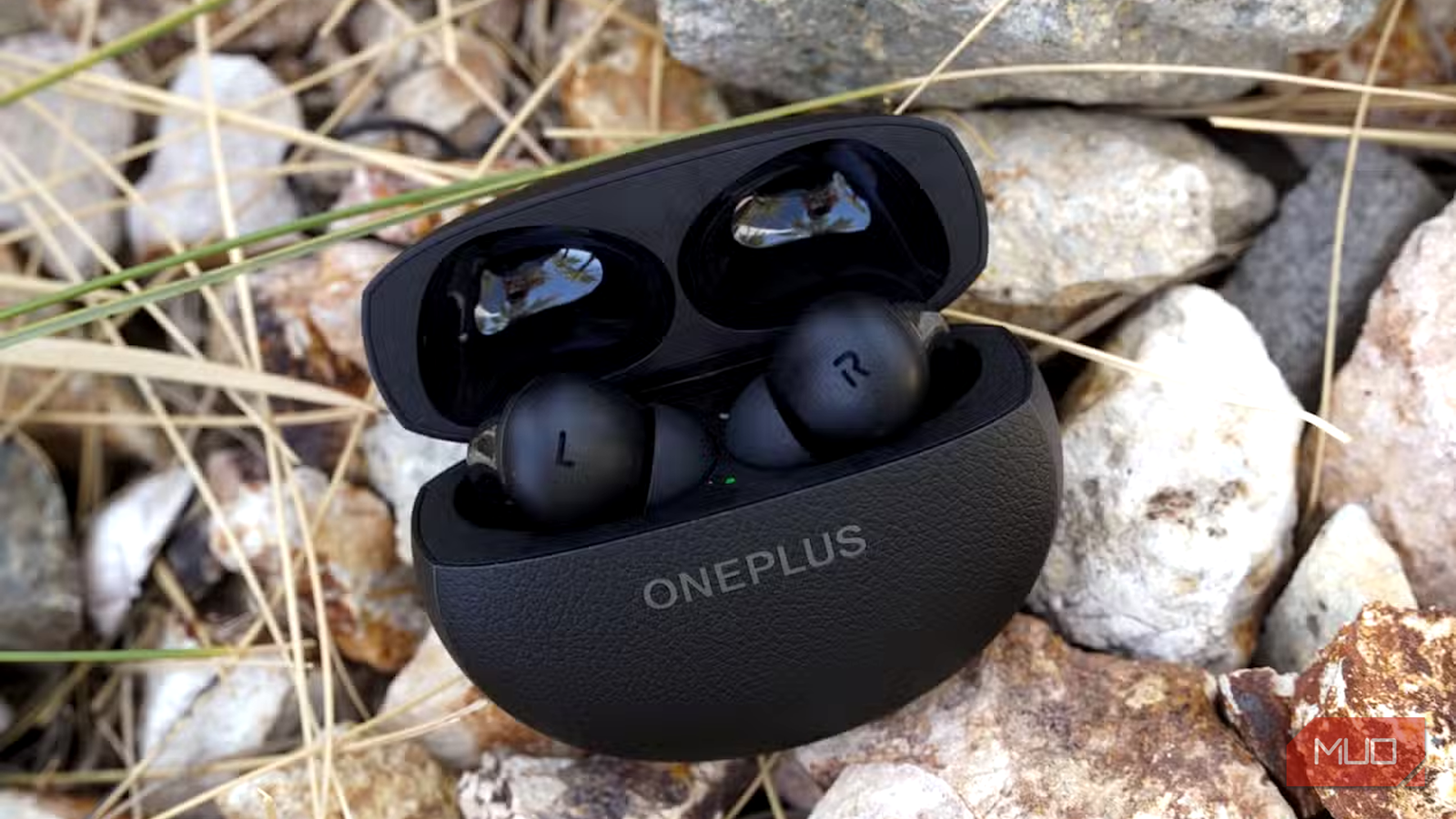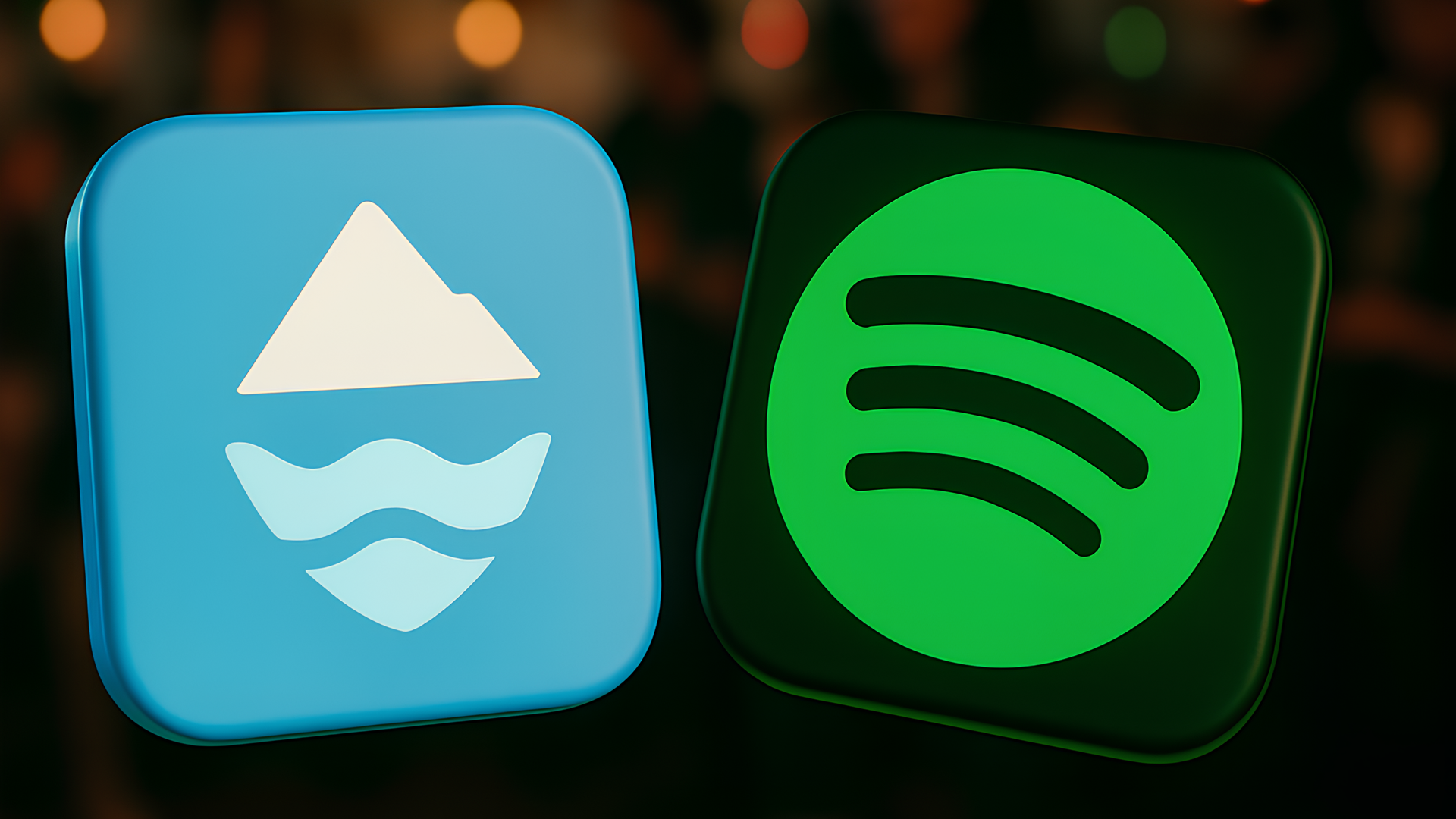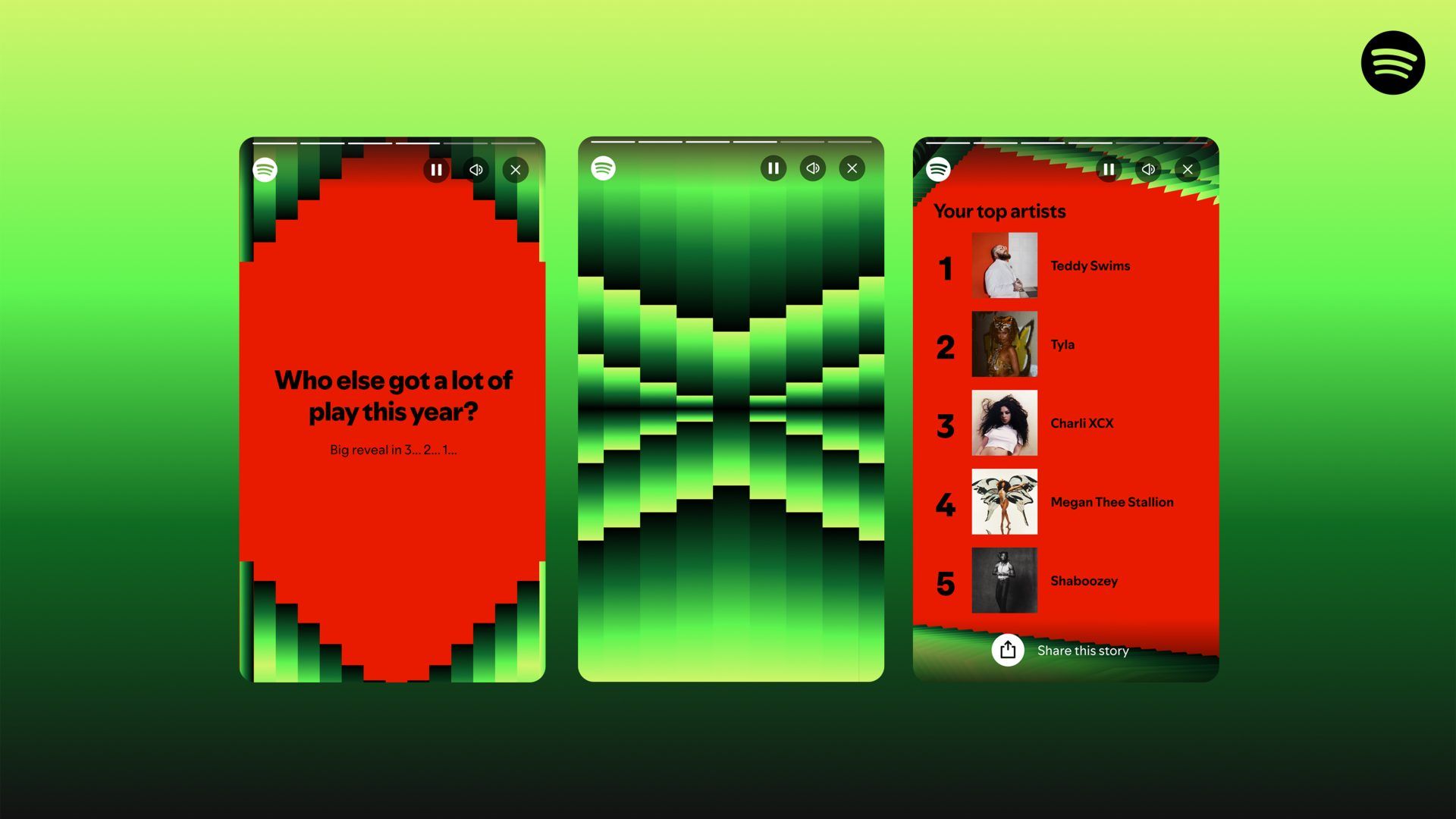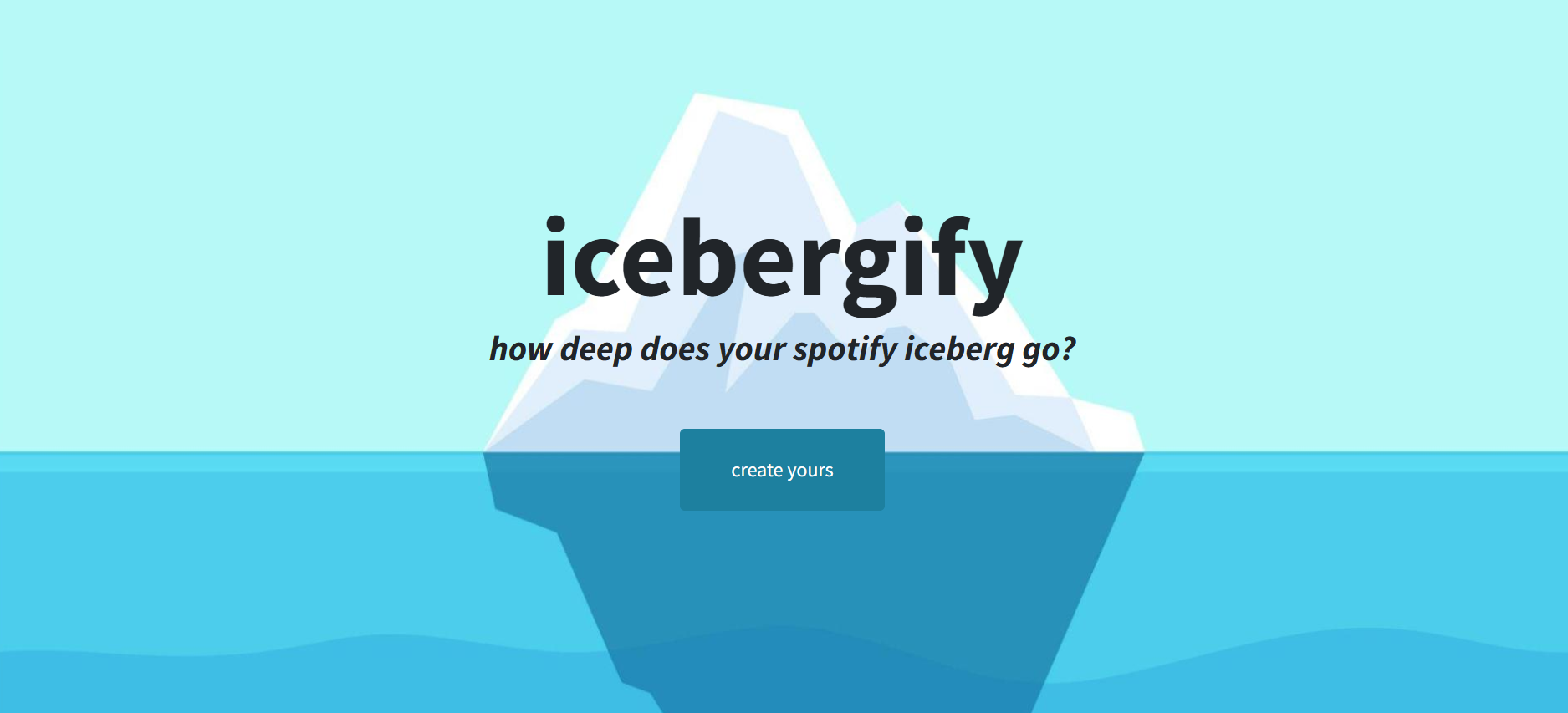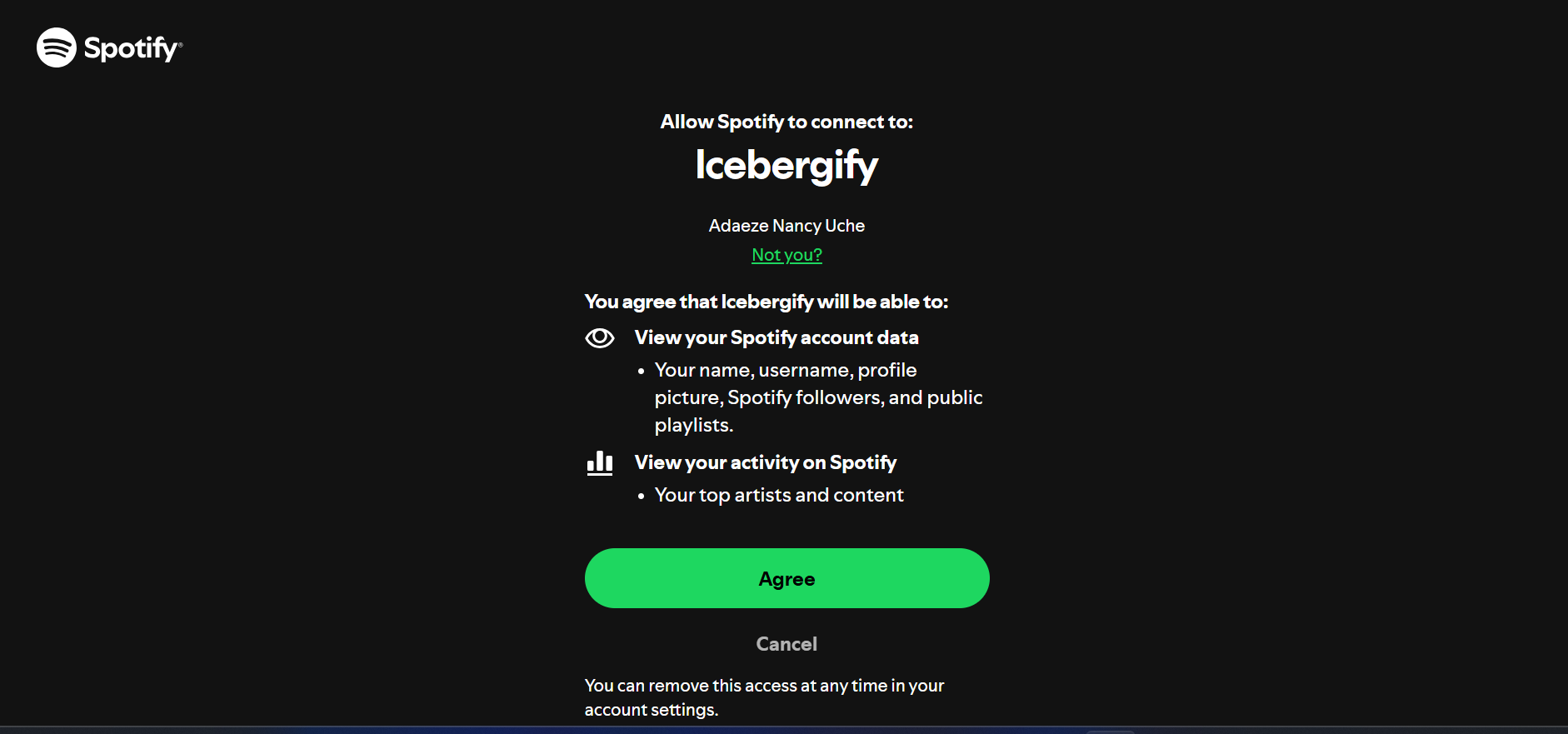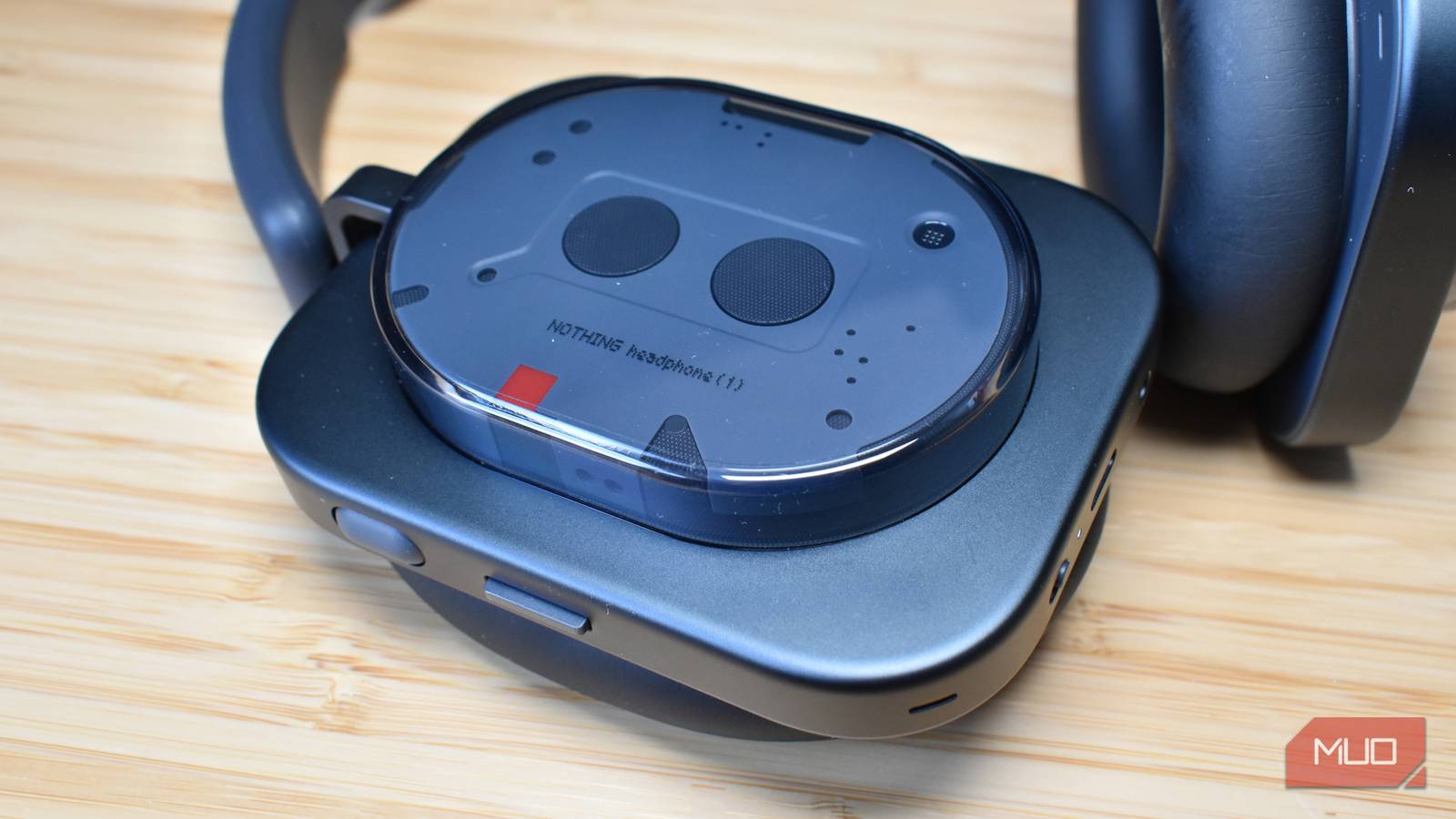Toward the end of every year, social feeds overflow with Spotify Wrapped flexes—colorful, curated snapshots of our year in music. But I’m too impatient to wait that long. There’s an easier, better way to show off your taste whenever you want.
Spotify Wrapped Ignores How We Actually Discover Music
Spotify’s 2024 Wrapped introduced a feature called Your Music Evolution, in an attempt to chart our music taste month by month.
But it still misses how we discover music. Think about your last great musical find. Was it during a 2 a.m. rabbit hole session? Or perhaps you discovered your new favorite artist through a friend’s carefully curated playlist, or even from a random TikTok video.
These moments don’t happen on a quarterly schedule, but Wrapped compresses all that into neat, digestible quarterly snapshots. So, you’ll only see the songs and artists you played on repeat. Let’s say you explored 1970s Brazilian funk for some time or had a three-week obsession with Bulgarian choirs. Unless you absolutely binged those genres, they’ll disappear from your year-end summary. Instead, you get your top five artists and a tidy genre pie chart that tells you what you already know.
The once-a-year format also creates another problem: it turns music discovery into a performance. Some people start gaming their listening habits months before November, all in a bid to boost their favorite artists up the charts. Your musical identity deserves better than a once-a-year performance review.
Icebergify Turns Your Listening History Into a Living Map
Instead of reducing your year to a top-five list, Icebergify maps your favorite artists by how popular they are in the world and presents them in the form of an iceberg.
The site pulls your top 50 artists across different periods from Spotify, then checks each one’s popularity based on streams, shares, saves, likes, followers, and the like. The mainstream artists you love are placed at the top of the iceberg, while the less popular ones sink into the lower layers.
You can take the lower layers as proof that you actually dig for music beyond Spotify’s recommendations. It’s why you might see some surprising names, like an artist you barely remember or a super-obscure band, on your iceberg. I take those names as a badge of honor.
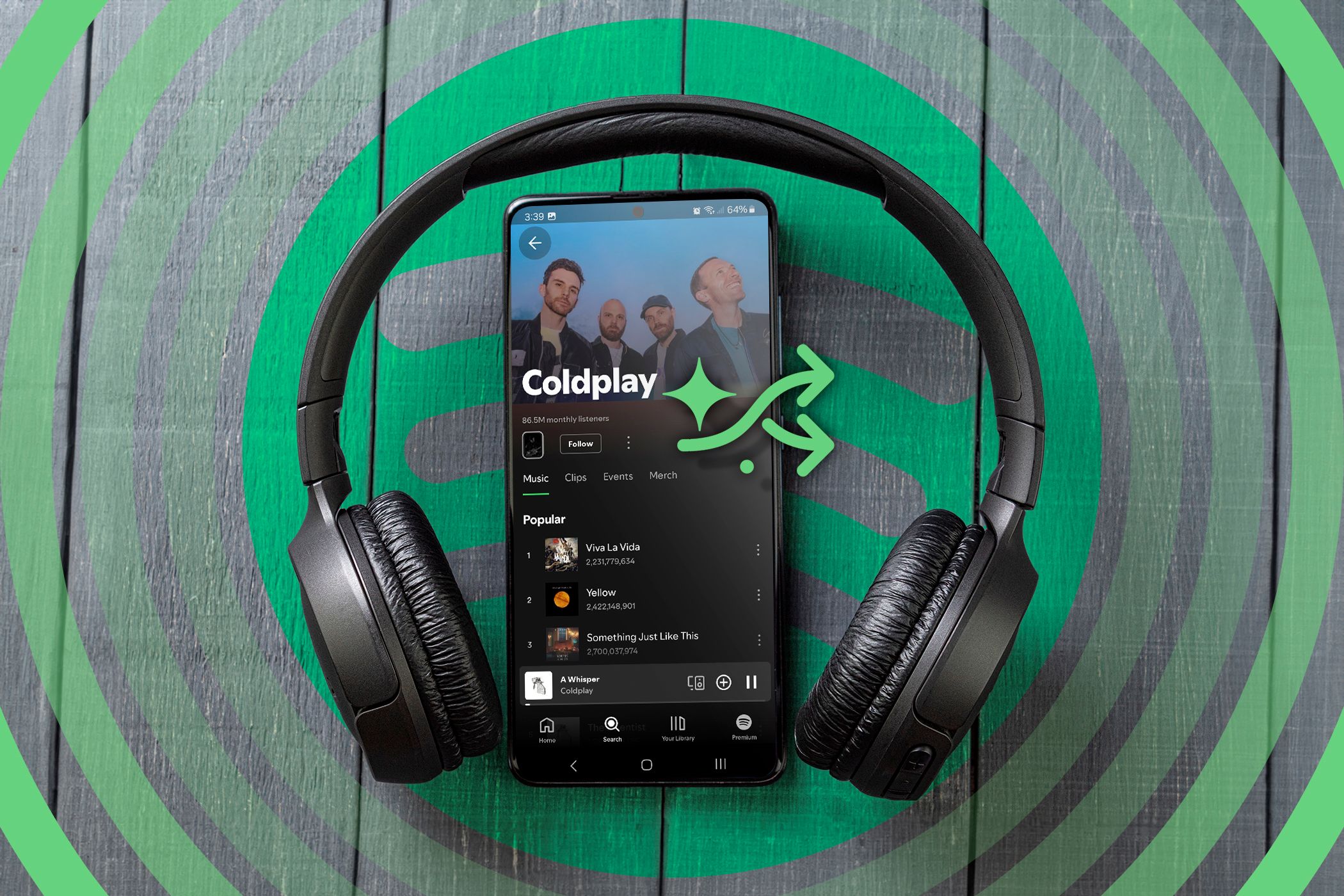
Related
7 Ways I’ve Improved My Spotify Recommendations
These are the features and methods I’ve used to make sure that I get better recommendations from Spotify.
Now, your top 50 artists aren’t static. Icebergify analyzes your short-term (about a month), medium-term (six months), and long-term (years) listening history. So you may find an artist from 2021 in your all-time iceberg, waiting to remind you of a musical phase you’d completely forgotten about.
When I checked my Spotify Iceberg at the start of July and again in mid-July, I noticed significant changes in who I was listening to.
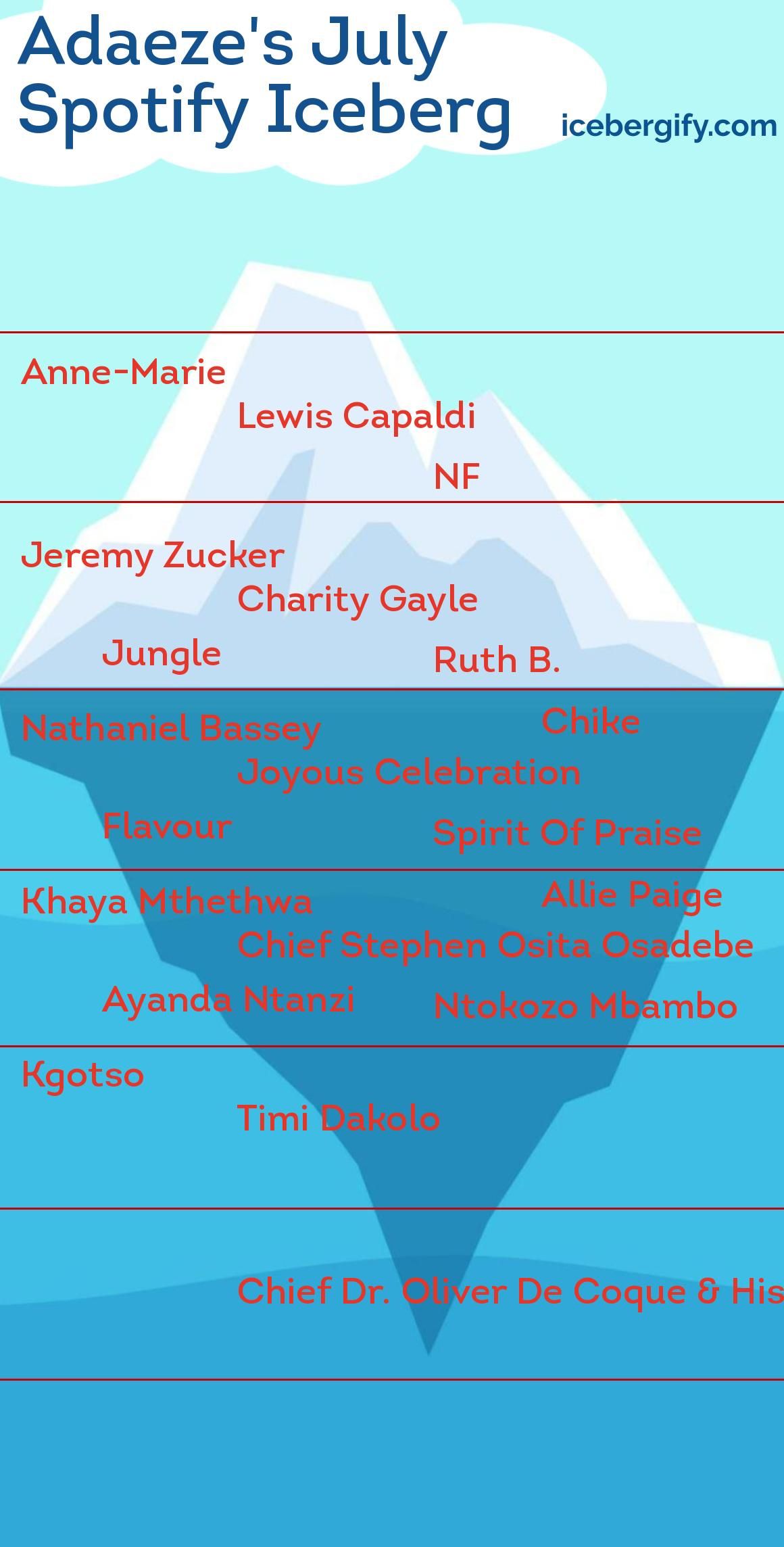

Even my supposedly stable all-time iceberg changed a little bit. One artist at the penultimate level was no longer there.
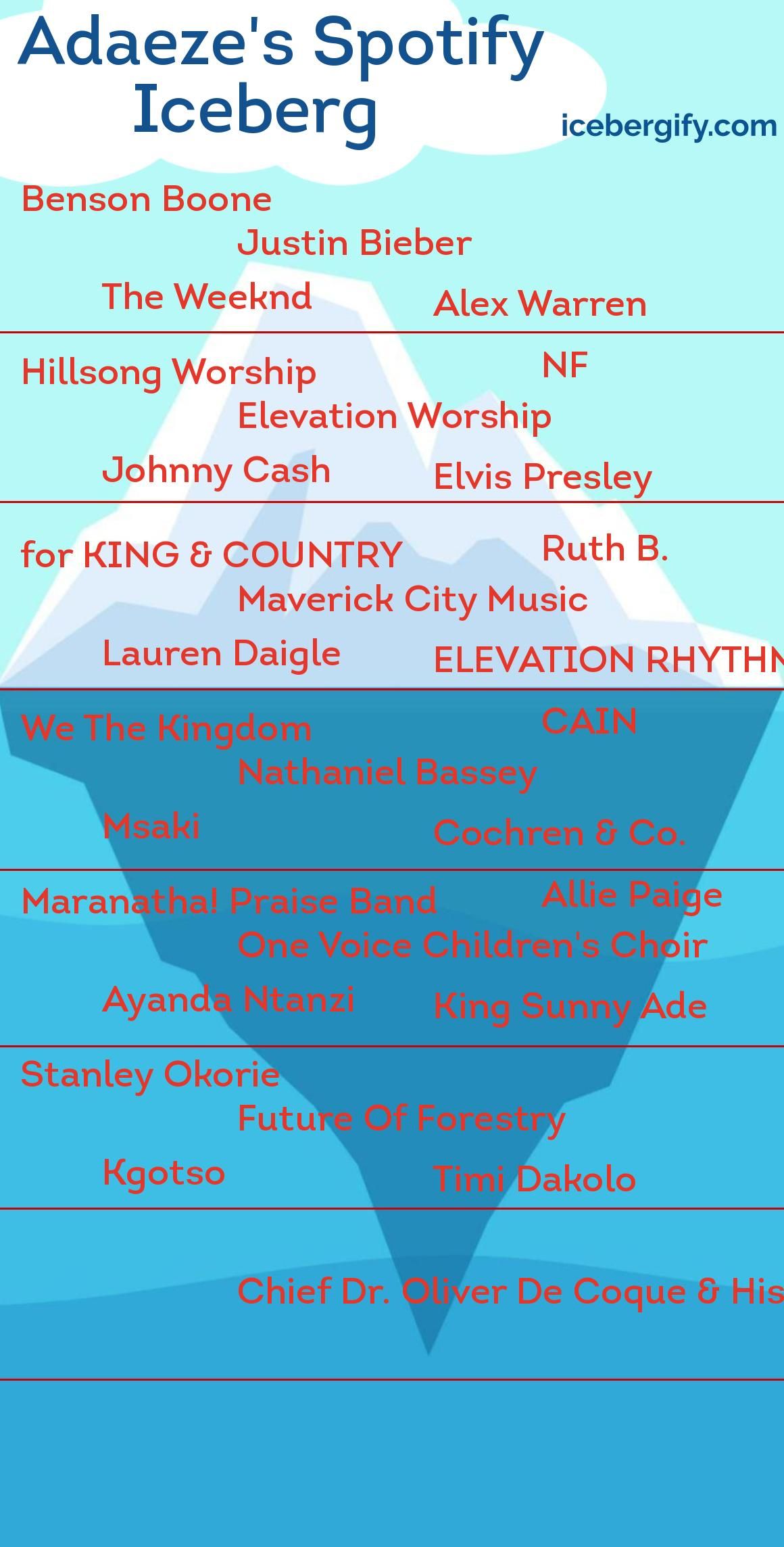
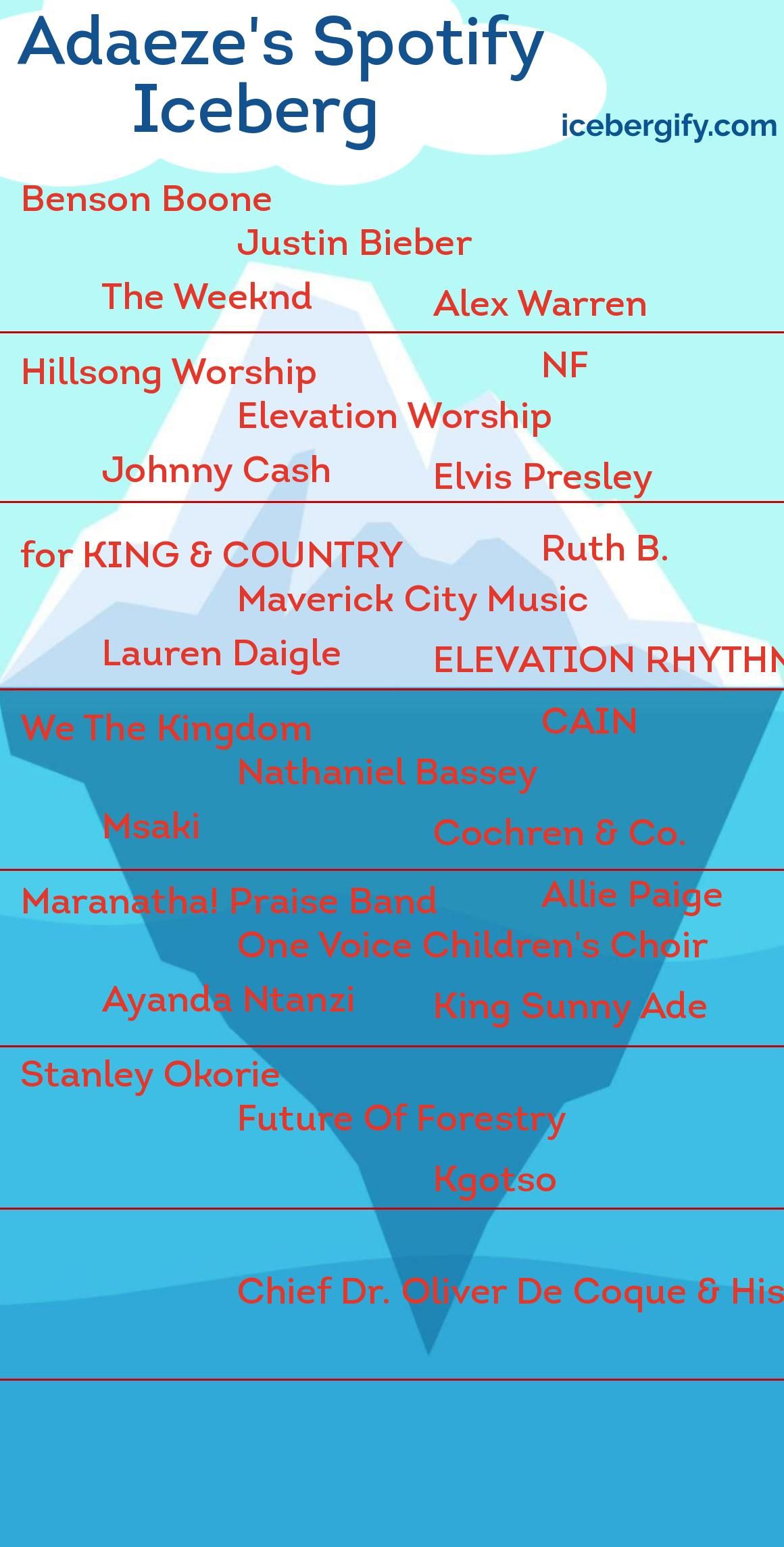
This is something a single end-of-year snapshot just can’t capture.
Icebergify Doesn’t Compromise Your Privacy
Before you worry about handing over your data, Icebergify was built using Spotify’s official Web API, and it’s completely transparent about how it works.
When you connect your account, Icebergify only pulls the basics: your account ID, username, and your top 50 artists and tracks across different timeframes. That’s it. No diving into your private playlists, no access to your personal information, and definitely no data sharing with third parties.
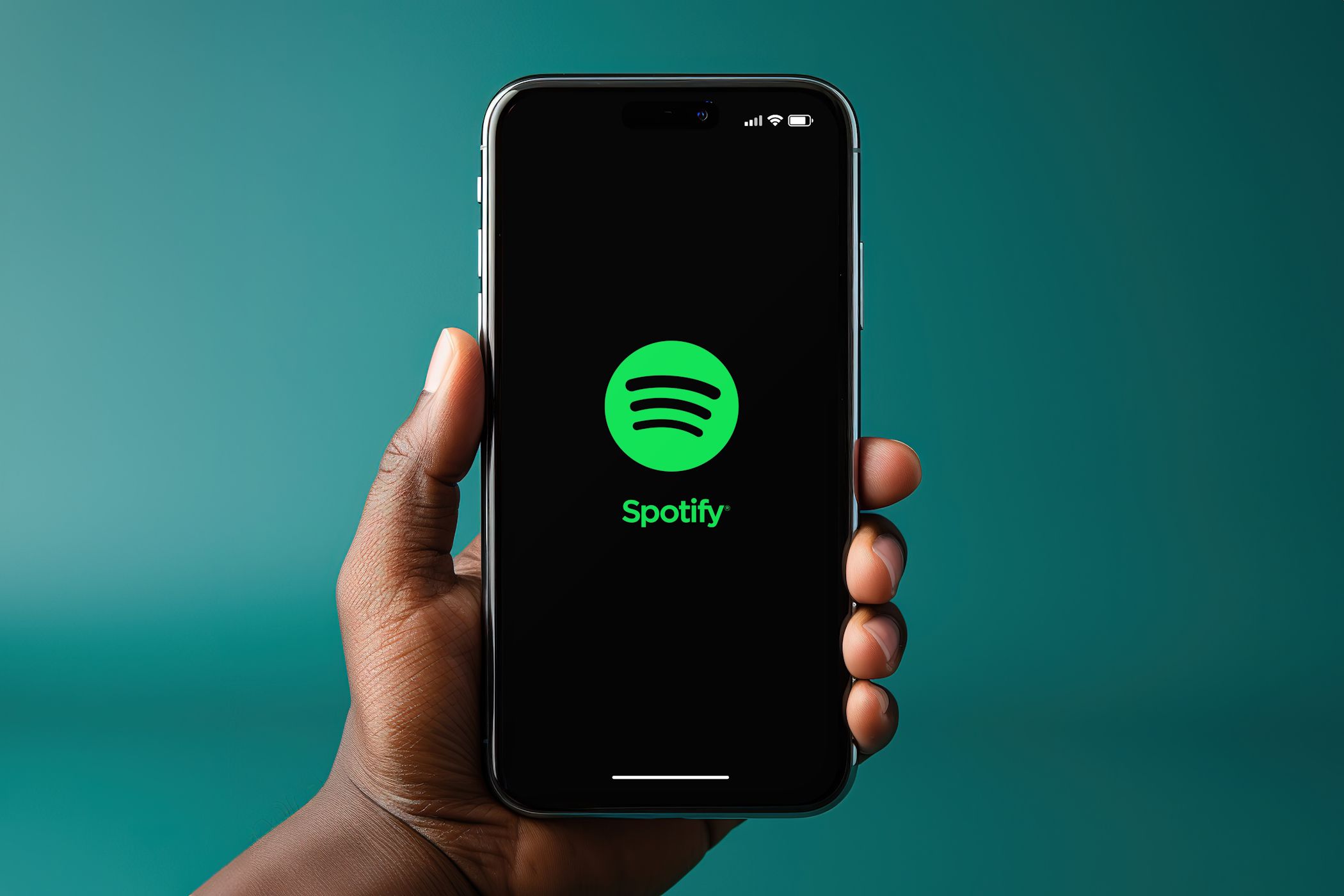
Related
How Much Data Does Spotify Use?
Data rules everything around me.
If you’d like some proof. Just close the site and reopen it. You’ll find that you’ll have to reconnect your Spotify account all over again. That’s because nothing gets stored long-term.
Also, since the site is open-source, you can easily get in touch with the creator to suggest improvements or contribute new features.
Your Spotify Iceberg Can Also Spark Conversations
Just like Wrapped, sharing your Spotify iceberg gets people talking. When your friends see those mysterious artists floating in your deeper layers, they’ll most likely ask, “Who is this band I’ve never heard of?” Suddenly, you’re talking about how you discovered these less popular artists, recommending them, and just having conversations about music—not just comparing your listening hours.
People who see your Spotify Iceberg can also glean an idea of how you listen to music. If you have a lot of obscure artists, you’re clearly someone who actively hunts for new sounds. And if your friend has a few artists in his lower layers, it might mean that he’s the perfect person to explore new genres with.
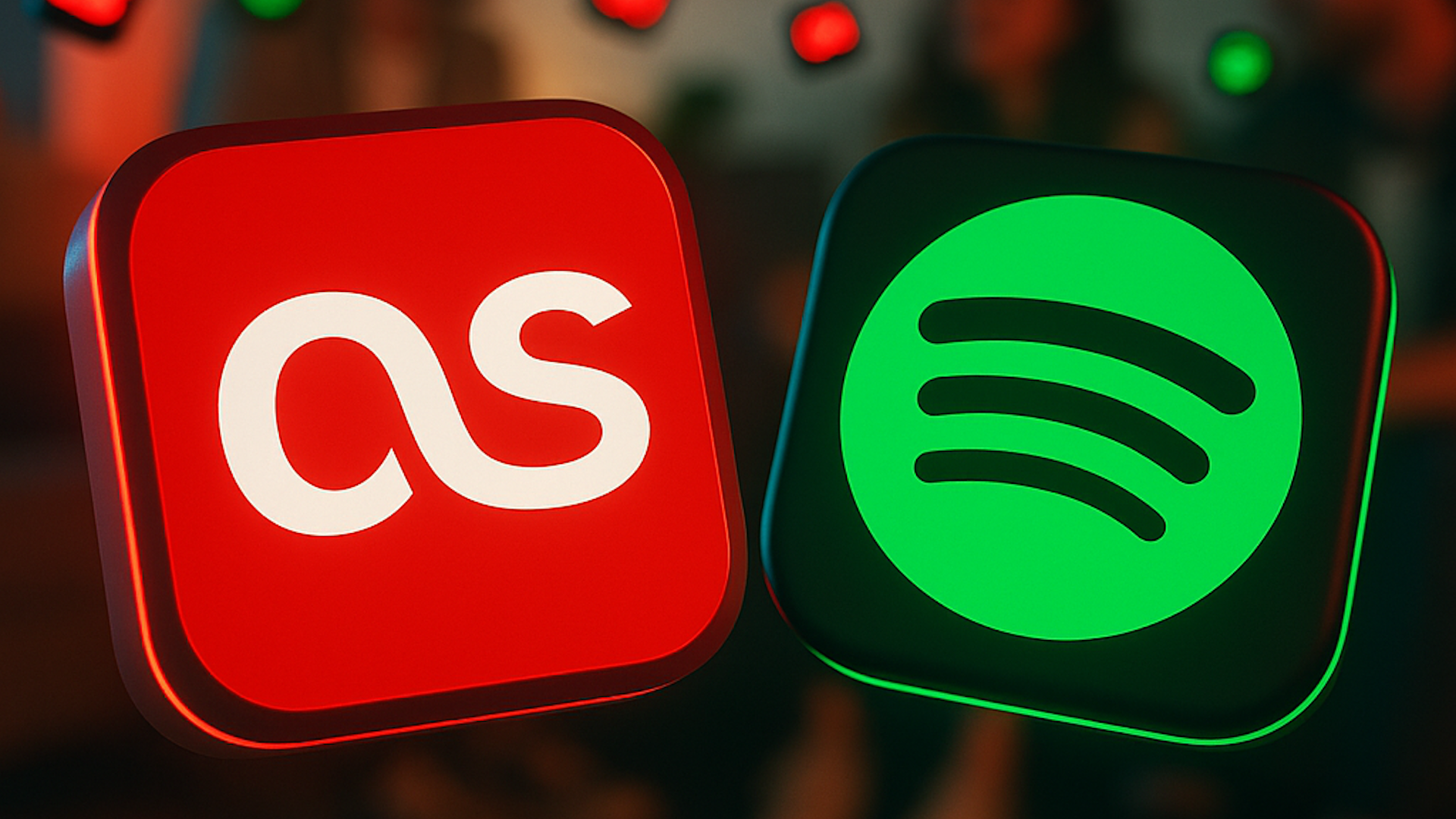
Related
This Old Music App Is Still Miles Better Than Spotify For Finding New Music
This decades-old platform still beats Spotify when it comes to music discovery
There’s also something refreshingly human about Spotify Icebergs. When someone shares artists you’ve never heard of, you’ll know it’s the person recommending it, not an algorithm guessing what you’ll like. If it’s someone whose musical judgment you trust, you’ll be more keen to check them out.
Sharing couldn’t be easier, either. On your desktop, just right-click to save the image. On mobile, hold down on the iceberg to save it or take a screenshot if you prefer. Then, you can share it wherever you talk about music.
